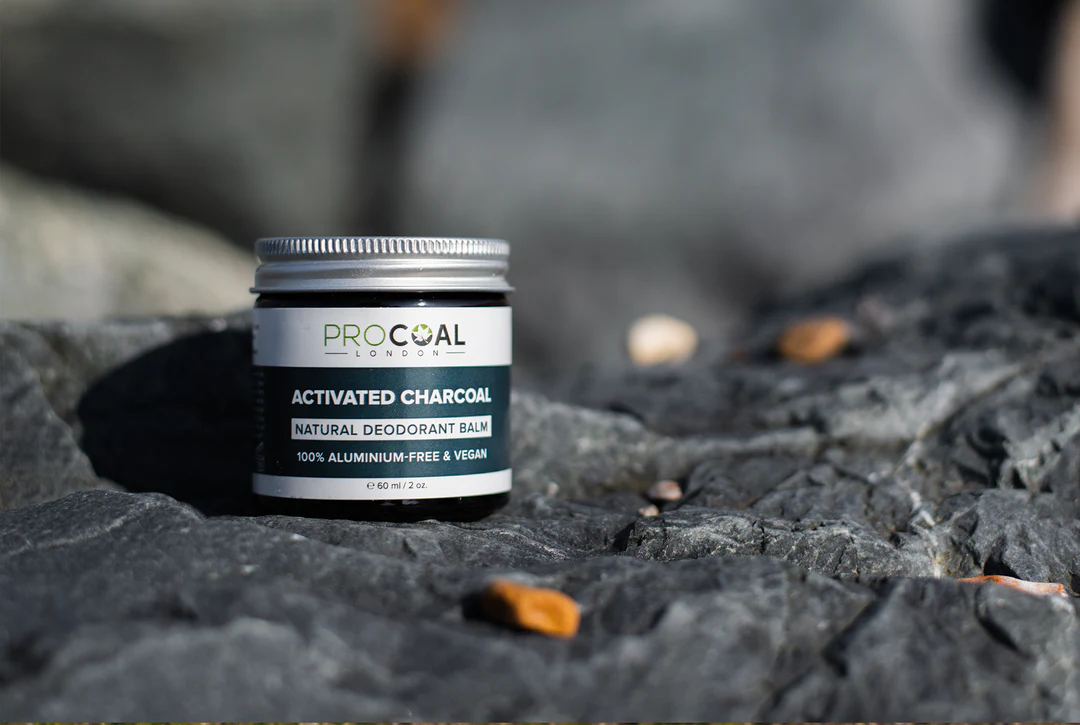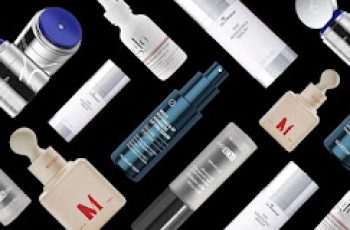Can I use hyaluronic acid after microblading?
Our obsession with eyebrows dates back to before 2015 and has continued to grow as skin and makeup options have diversified, giving us ample options. Microblading is undoubtedly the biggest beauty trend in recent years.
If you’re not sure what microblading is, it’s a semi-permanent tattoo that uses a blade and paint to shape the hair into a linear shape. These are small wounds on the skin that require extensive follow-up treatments to prevent infection.
With that in mind, here are some tips and suggestions on how to take care of your microblading. Of course, you’ll need to use ingredients that are known for their moisturizing and soothing properties, such as hyaluronic acid. But before we do that,
let’s take a look at whether moisturizing ingredients can still be used after microblading.
If you want to learn more about hyaluronic acid and its effects on the skin, you can read this dedicated blog post. Can I apply hyaluronic acid to my eyebrows with microblading? No, it’s best to avoid using hyaluronic acid on your eyebrows
Your microblading procedure was recently completed and your eyebrows are still healing. This is because precautions must be taken. As I mentioned before, when microblading is fresh, the risk of infection is high.
The healing process takes about a week and a half. Several steps must be taken during this time. Do not touch or rub your eyebrows, do not wear makeup, and avoid getting them wet. The latter may seem impossible, which is why
many professionals recommend taking a bath instead of a shower and applying a layer of petroleum jelly to create a waterproof barrier.
Once your eyebrows are fully healed, you can use hyaluronic acid in your daily life and apply it directly to your eyebrows if you wish. You will find that you will be able to combat any possible dryness that may occur shortly after the microblading treatment due to the hydrating and moisturizing properties of hyaluronic acid.
What should I apply on my face after microblading?
After microblading, you can continue with your normal daily skin care routine as long as you do not apply any products to your eyebrows or get them wet while they are still healing.
Once the healing process has progressed and your eyebrows show signs of complete healing, it is generally considered safe to resume using brow products such as makeup and growth serums after the scabs have disappeared. Serums and
their formulas should not contain harsh exfoliating ingredients or cause color changes.
There is one product that is a must-have every day, rainy day or sunny day. It has an SPF of 30 and above and should be applied to the entire face, including the eyebrows. Applying sunscreen to the eyebrows can prolong the pigmentation from microblading and make them look more beautiful.
What should you not do after microblading?
Post-microblading care is similar to that of a new tattoo. You may notice that the pigment in your eyebrows darkens and the skin beneath them becomes redder a day or two after the procedure.
Two hours after the microblading procedure, it is recommended to clean your eyebrows every 15 minutes with disinfectant water and cotton swabs to remove excess color and keep the area clean. Here are some examples of what to avoid after microblading.
Do not wet your fresh eyebrows for the first 10 days. When showering, keep your face as dry as possible and cleanse your skin gently, avoiding the entire brow area. Do not pick, pull, or scratch the brow area during the healing process. Avoid any activities that cause sweating until your eyebrows are fully healed.
Keep hair away from your eyebrows to prevent bacteria from entering them. Use the healing ointment given to you by the doctor who performed your procedure. By following these tips, you will find that you can take control of your eyebrows and ensure they heal effectively without the risk of infection or discomfort. If you have concerns about the healing of your eyebrows, please consult your doctor or a trained professional who has undergone microblading treatments.
What should I wear after microblading my eyebrows?
After microblading your eyebrows, we will give you a small pot of ointment to help the skin heal. Using a cotton swab and clean hands, apply a thin layer of ointment to your brow bone.
Remember that you only need to apply a thin layer of the treatment ointment to your eyebrows. You should avoid leaving these looking shiny, glistening or greasy as this is a sign that you have applied too much. Slowing down the healing process
Generally speaking.
How can I make my eyebrows longer with microblading?
As microblading is a semi-permanent treatment, everyone will want to keep it as long as possible. Typically, your microblading can last anywhere between 12 months and 2 years. A lot depends on how each person reacts to the hyperpigmentation
and how long it lasts. With this in mind, we will now give you some tips on how to use microblading to ensure that your eyebrows remain beautiful for a long time.
Avoid excessive sun exposure after microblading. This will aid the healing process and keep your brows as fresh and bright as possible.
Do not use dye on your brows after microblading. You may notice that the pigment appears uneven during the healing process and it may look like the procedure was not successful. This is part of the
normal process.
If you are not satisfied with the results, you can discuss your options with a trained professional at a follow-up appointment (usually 18 months later).
Keeping your skin moisturized will help tremendously! Incorporate hyaluronic acid-rich products into your daily regimen to keep your skin looking its best. This will preserve your brow pigment.
DQH Knowledge drop: In your 20s, your skin cell turnover decreases. (Cell turnover is a key component in keeping your skin youthful.) You know what else slows down? Your collagen production. Starting in your 20s, collagen decreases by about 1 percent per year. Should you want to prevent fine lines and wrinkles, start by eliminating behaviors that contribute to premature aging. “If it’s bad for you, it’s bad for your skin,” says dermatologist Michel Somenek.
“Cigarette smoking reduces blood flow to the skin and causes premature wrinkling and a dull skin texture. Making the repeated pursed motion to inhale can also cause smoker’s lines. Alcohol and recreational drugs are toxins for the skin that damage its cellular structure and DNA,” Somenek tells us. “The faster you eliminate vices while you are young, the better chance your skin and body have to recuperate.” Also, adopting an anti-aging routine in your 20s is key. After all, the best offense is a good defense. We spoke to Somenek and experts Joshua Ross and Audrey Kunin to find out more.
Keep reading for the best anti-aging products for your 20s, according to skincare professionals.
Sunscreen
“We all know that the sun is the number one cause of skin aging and starting the prevention in your 20s is very important,” Ross says. “The majority of your sun damage won’t start to appear until you’re in your 30s, so don’t wait until you see it surface or you’ll be behind the curve. Stay ahead of it with a good-quality zinc-based sunscreen worn daily.”
Farmacy Green Defense Daily Mineral Sunscreen
An invisible sunscreen with SPF 30, plus botanical extracts meant to protect skin with tons of antioxidants. Bonus: It’s clean and fine to use under makeup.
Bareminerals Complexion Rescue™ Tinted Moisturizer Broad Spectrum SPF 30
Although we recommend you use your SPF and moisturizer separately, we also understand moments when you don’t have time or energy for that extra step. For those times, this bareMinerals moisturizer is a great thing to have on hand.
Vitamin C Serum
“A great introduction to anti-aging is to start with a vitamin C serum in your morning skincare routine,” Ross says. “It’s a powerful antioxidant that will neutralize free radicals and brighten the skin.” He adds that it’s a great way to counteract the effects of the sun’s harmful rays, which, as previously mentioned, are among the biggest causes of premature aging.
Drunk Elephant C-Firma™ Vitamin C Day Serum
The Drunk Elephant C-Firma is a lightweight serum that promises to give skin a glow by combining the brightening powers of vitamin C with ferulic acid, l-ascorbic acid, and vitamin E. The included sodium hyaluronate is meant to replace hydration loss, so you shouldn’t have to deal with any irritation.
Sunday Riley C.E.O. Rapid Flash Brightening Serum
This potent serum is jam-packed with vitamin C (15 percent, to be exact), which means it’s a potential superstar at both brightening skin and dousing it in antioxidants.
Peptides
Using peptides on your skin has many benefits, says Somenek. “The skin barrier is what defends the body against pollution, UV rays, bacteria, and toxins. It can be damaged by several everyday factors. Using topical peptides aids in building a stronger barrier,” he says. “Peptides comprise elastic fibers, which are a type of protein. These fibers help to make skin appear taut and firm. Peptides can also help repair damaged skin, relieve inflammation, and even out skin tone. Some peptides can kill acne-causing bacteria that is common in 20-somethings.”
Kunin agrees, saying, “Peptides are an excellent entry point for supporting collagen.” She recommends looking for face and eye treatments that contain these collagen-boosting powerhouses.
Charlotte Tilbury Magic Eye Rescue Cream
This Charlotte Tilbury super-emollient eye cream has a base of coconut oil and shea butter (read: it’s incredibly hydrating). Botanicals plus peptides are meant to help reduce dark circles and boost collagen, respectively.
This creamy moisturizer serves up potent collagen-boosting peptides and pycnogenol, and antioxidant-rich vitamin C. “Instead of sitting on top of the skin, peptides penetrate the outer layer so they go deep. The ‘signals’ they send tell the cells to produce elastin and collagen, which are needed for youthful-looking skin,” explains Somenek.
At-Home Peel Pads
Remember that skin cell turnover fiasco we talked about earlier? One way to help support it is by exfoliating. “Exfoliation is important to help keep skin fresh and luminous,” Kunin says. She recommends using at-home peel pads as an easy and effective way to exfoliate.
“The goal in your 20s is to fight the slowing pace of cell turnover. It is wise to use products that gently exfoliate, yet still remove oil and other impurities. Products that have Alpha Hydroxy Acids (AHA) or Beta Hydroxy Acids (BHA) are a good choice.”
According to Somenek, you should only exfoliate two to three times a week. “People of all ages are guilty of over-exfoliating and that can be too much of a good thing,” he says.
Dermadoctor Kakadu C Intensive Vitamin C Peel Pad
A few swipes of this Derma Doctor powerful peel pad promise to leave your skin glowing and smooth, thanks to the seven (yes, seven) types of chemical exfoliants, including AHA and BHA. It also contains vitamin C via Kakadu plum extract for added brightening and antioxidant protection.
KEY INGREDIENTS Kakadu plum extract is sourced from the Kakadu plum, a fruit grown in northern Australia. It contains vitamin C, which restores the skin’s natural barrier, increases collagen production, and soothes irritation.
Dr. Dennis Gross Skincare Alpha Beta® Universal Daily Peel Pads
These are the gold standard of peel pads, with a cult following and over 900 five-star reviews on Sephora. They’re easy to use and contain a blend of anti-aging exfoliating acids.
Emollient Night Cream
“In your 20s, you need to start upping the hydration in your skincare routine. You may have been cautious of over-moisturizing because of acne in your teens, but as you enter your 20s, your skin transitions and becomes drier,” Ross says. “I recommend an emollient night cream added into your evening skincare regimen.”
“Twenty-somethings need to make sure that they are not using creams that will clog their pores and cause excess oil production,” says Somenek. Opt for non-comedogenic products.
Cerave Skin Renewing Night Cream
One great choice is the CeraVe Skin Renewing Night Cream, which is a non-comedogenic night cream that leaves skin soft and glowy. It combines the moisturizing powers of ceramides and hyaluronic acid.
RoC Retinol Correxion Max Hydration Creme
“The best night cream ingredients contain retinol, benzoyl peroxide, and/or salicylic acid or hyaluronic acid. The goal is to moisturize, yet remove excess oil,” says Somenek. This Roc Retinol Correxion cream fits the bill as it contains both hyaluronic acid and retinol so it promises to moisturize while also being non-comedogenic.



